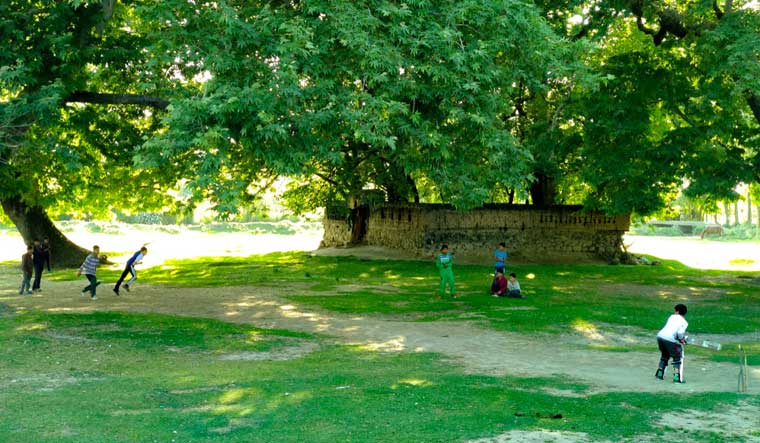A team of researchers at the University of Konstanz is on a mission to uncover the secrets of how our brains work together when we collaborate. This captivating study poses an intriguing challenge for the field of cognitive neuroscience.
Led by a doctoral candidate named Karl-Philipp Flösch, the researchers, based at the Centre for the Advanced Study of Collective Behaviour, recently published their groundbreaking discoveries in the journal Psychophysiology. To study cooperative behavior in a controlled environment, they cleverly chose the iconic video game Pacman, which has captured the hearts of gamers worldwide for decades.
But this wasn't just any ordinary game of Pacman. In this modified version, two players connect through screens and must work together to guide Pacman to the goal. However, here comes the twist: only one player can see the path ahead, while the other player must rely on special symbols shown on the screen to communicate. Cooperation becomes the key to success as players seamlessly collaborate to navigate the hidden maze.
During these gameplay sessions, the researchers used a special technique called EEG to measure the players' brain activity. EEG, short for electroencephalography, allows scientists to capture the brain's responses with incredible precision, down to the millisecond.
The scientists focused on analyzing a specific brain reaction called the P3 component, which is known to become stronger when we encounter important and relevant information. They hypothesized that the players' roles in the game would significantly influence their brain reactions.
Their findings confirmed their hypothesis and shed light on the crucial role that different roles play in cooperation. The researchers discovered that the P3 component increased not only when the symbol indicated the next move's direction but also when players observed whether their teammate selected the correct symbol.
"This means that the role we take on during cooperation greatly affects our brain's response," explains Flösch. "It's fascinating to see how our brains are wired to work together."


